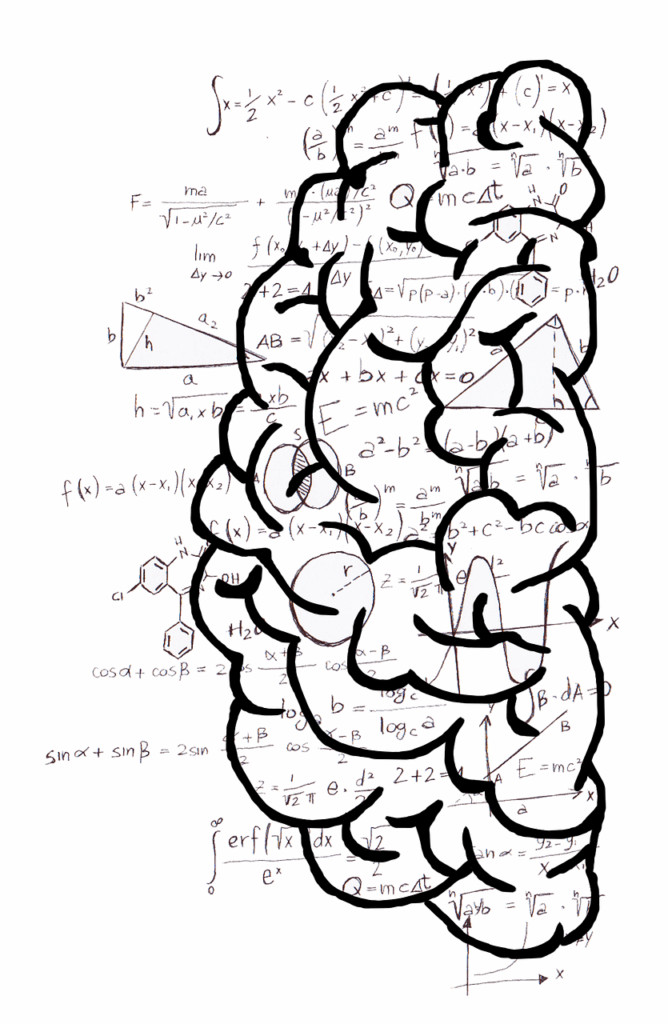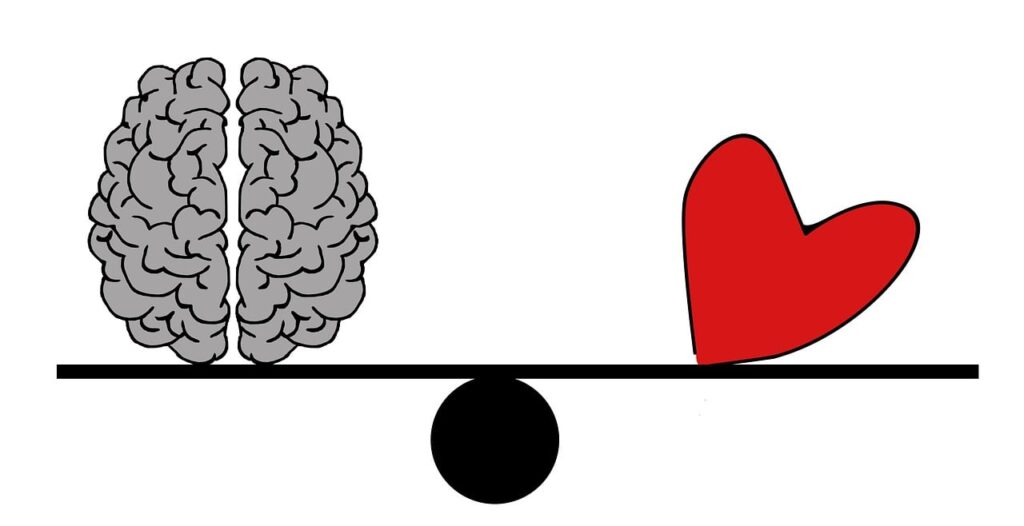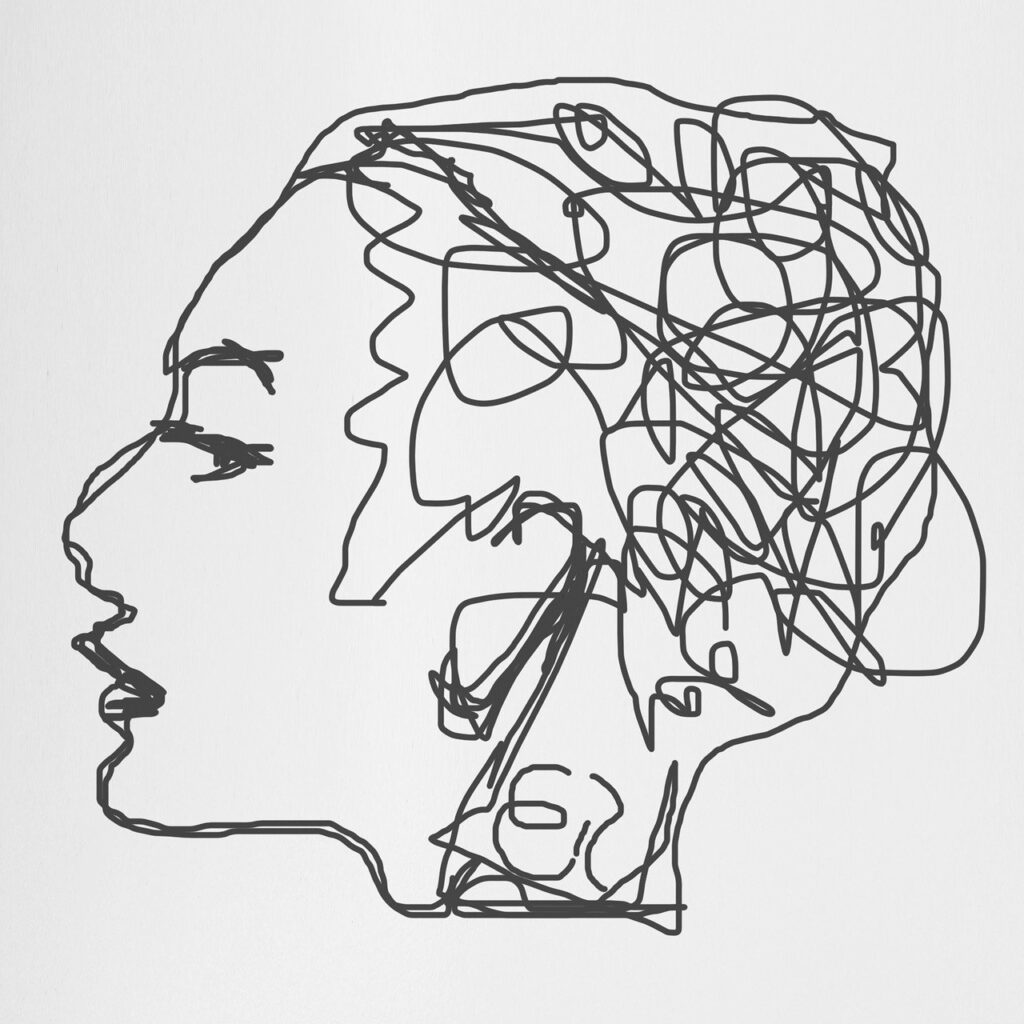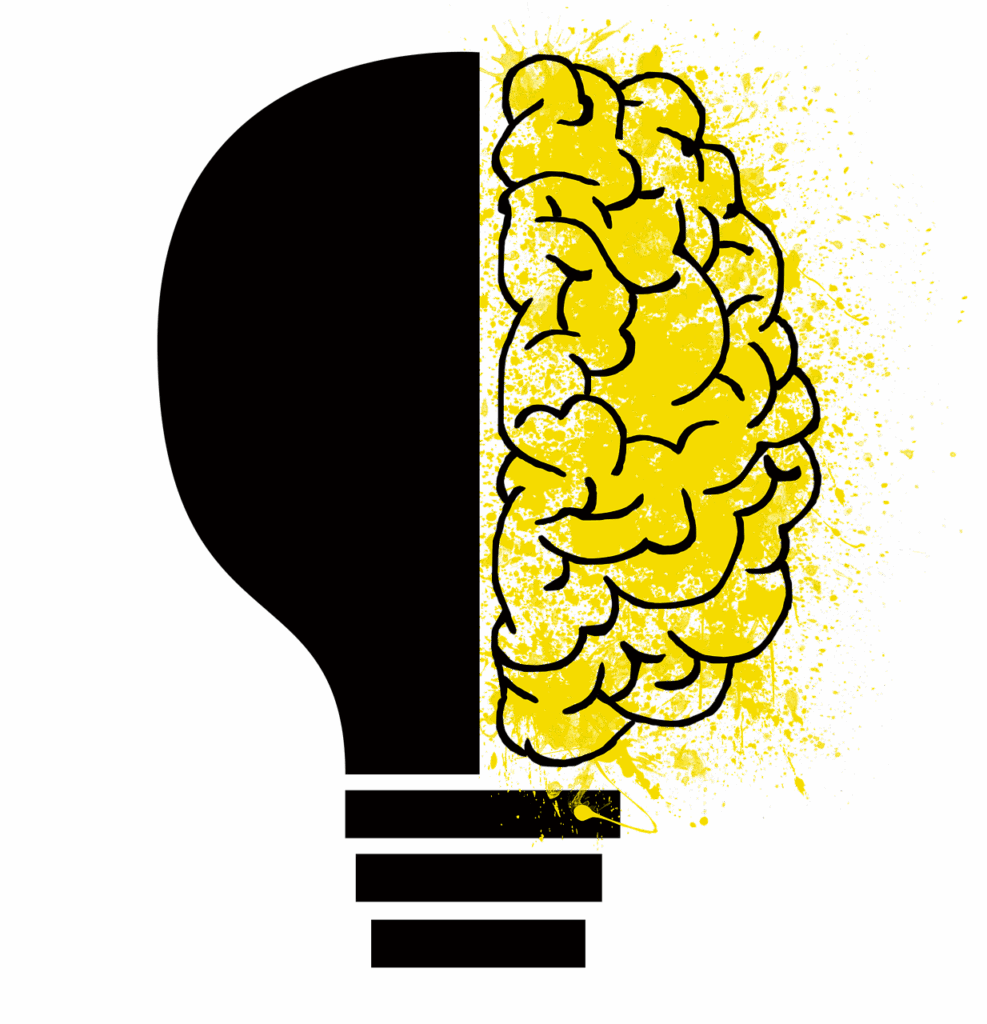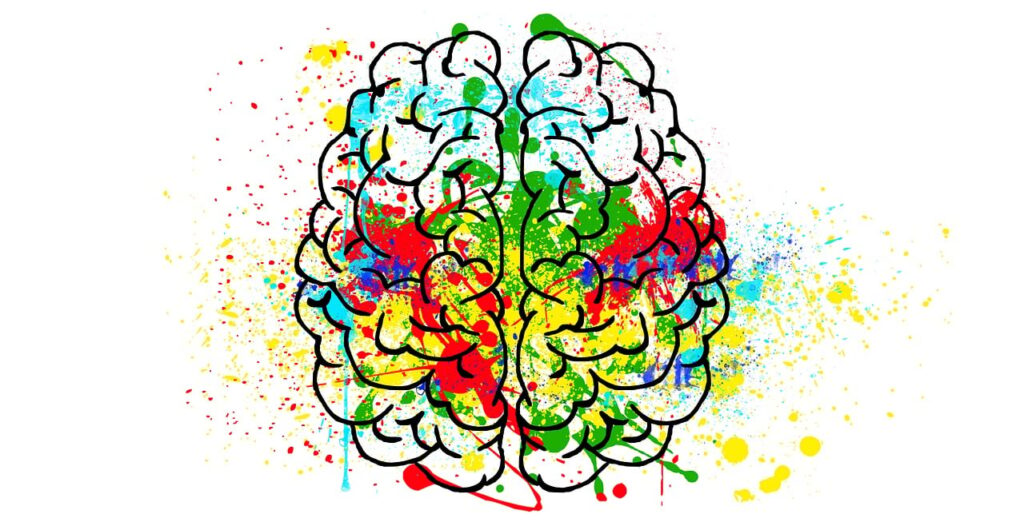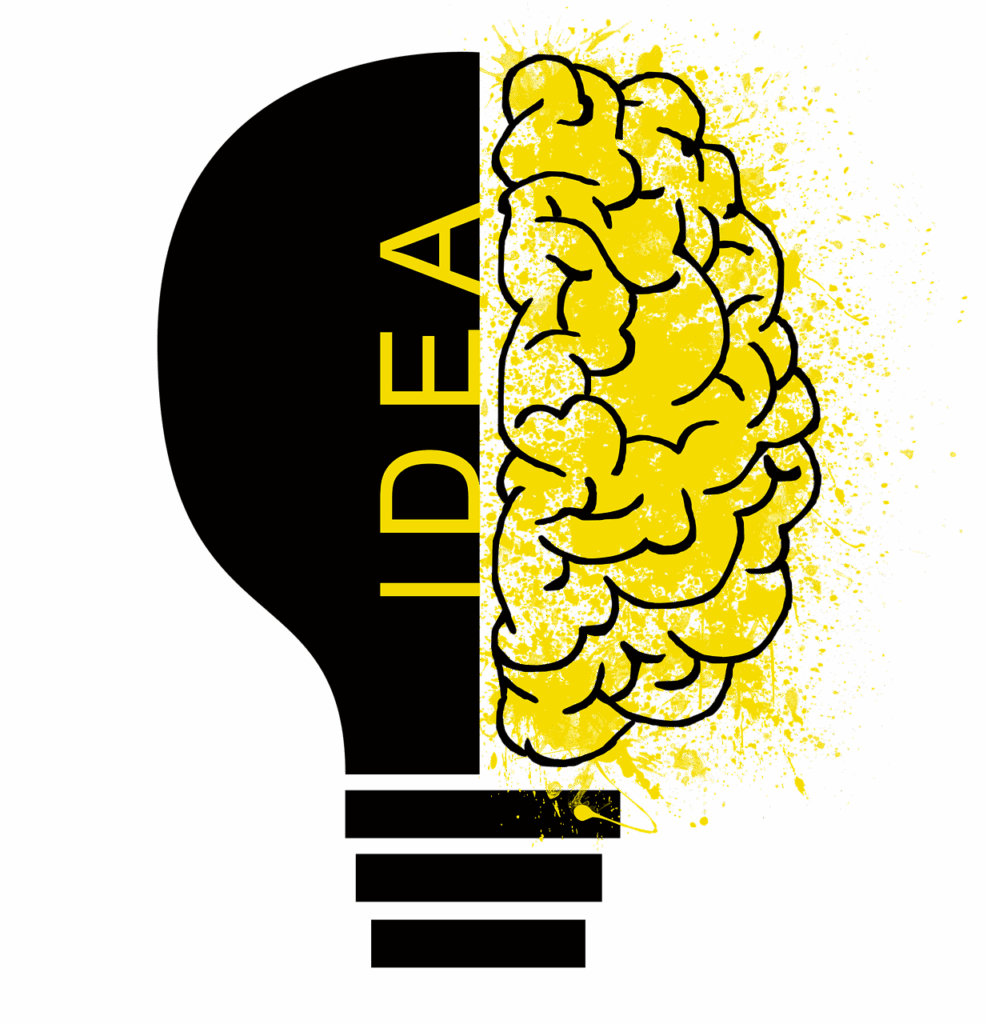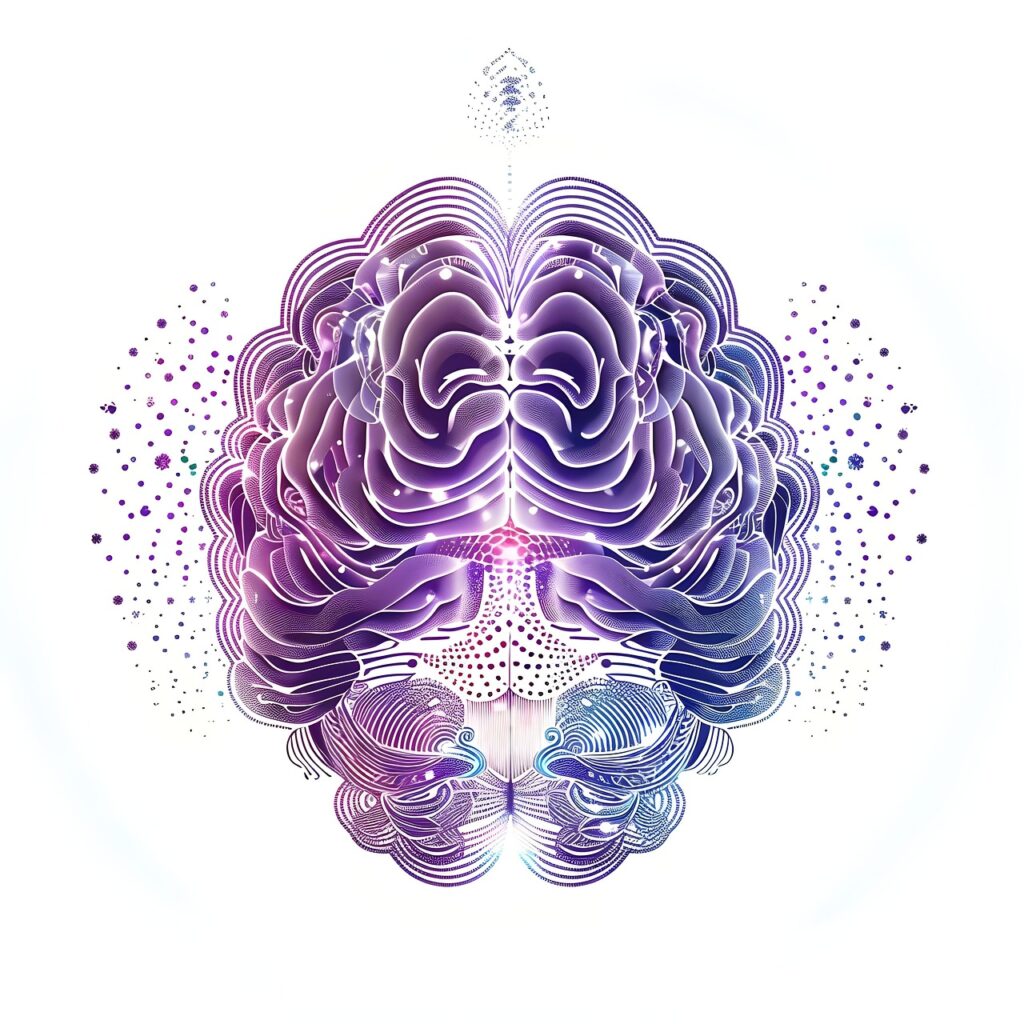Understanding how we think, decide, and justify our actions is a fundamental human pursuit. At its core lies “reason”—a pervasive yet often misunderstood concept, shaping everything from daily choices to grand philosophical traditions. Though frequently invoked, its multifaceted nature and profound historical evolution are often overlooked.
This in-depth exploration aims to demystify reason, offering a structured, objective, and thoroughly researched look at its interpretations, applications, and complexities. Much like dissecting a gadget’s specifications, we’ll unpack the mechanics of human thought. By delving into its historical roots, philosophical shifts, and distinctions from related terms, you’ll gain a clearer, more actionable understanding of this essential human capacity.
Prepare to navigate the intricate landscape of what it means to reason. This knowledge will equip you to recognize sound judgment, identify pitfalls, and appreciate reason’s profound legacy. It’s about grasping the very foundation of how we make sense of our world.
1. **Defining Reason: Capacity for Consciously Making Sense of Things**At its most fundamental level, reason is defined as “the capacity of consciously applying logic by drawing valid conclusions from new or existing information, with the aim of seeking truth.” This isn’t merely passive information processing; it’s an active, conscious engagement with data, striving for accurate understanding. It highlights a core human endeavor: the pursuit of truth through structured thought.
This innate capacity is deeply intertwined with characteristically human activities. From philosophy and mathematics to science and language, reason serves as a foundational pillar. It’s broadly considered a distinguishing ability, uniquely possessed by humans.
Reason is sometimes referred to as rationality, though the latter is more precisely the *application* of reason. Reason represents the faculty itself—the potential for logical thought—while rationality describes the act of putting that potential into practice, guiding cognitive processes towards sensible outcomes.
2. **Reason Compared to Related Concepts: Discerning Nuances**The English language offers many words that appear interchangeable with “reason” but carry distinct implications. Understanding these subtle differences is crucial for precise communication and accurate analysis, especially when dissecting *why* something occurred or an action was taken. This careful differentiation helps avoid ambiguity in evaluating motivations and justifications.
“Reason” itself denotes “a cause or an explanation for something that has happened or that somebody has done; a fact that makes it right or fair to do something.” An “explanation” specifically “tells you why something has happened.” While a reason can justify, an explanation focuses on clarification.
“Grounds” (a formal term) represent “a good or true reason for saying, doing or believing something,” often implying robust justification. “Basis” (also formal) signifies “the reason why people take a particular action,” forming a decision’s foundation. These terms establish legitimacy and underlying principles.
“Excuse” can be “a reason, either true or invented, that you give to explain or defend your behaviour,” implying self-preservation or hidden intent. “Motive” is “a reason that explains somebody’s behaviour,” delving into the psychological impetus behind actions. “Justification” is “a good reason why something exists or is done,” requiring a strong ethical defense. “Pretext” is a deceptive “false reason… to hide the real reason.” Distinguishing these terms sharpens our critical evaluation of stated intentions versus underlying realities.
3. **The Deep Roots of Reason: Tracing Etymology and Linguistic Lineage**Exploring the linguistic origins of “reason” reveals its enduring significance across intellectual traditions. The word, and its European counterparts, translate profound philosophical terms from Latin and classical Greek, underscoring its central role in Western thought.
The original Greek term was “λόγος” (logos), remarkably versatile. Beyond “logic,” it meant “speech,” “explanation,” or “account.” Philosophically, logos represented an underlying principle of order and intelligibility in the cosmos, a rational structure discernible by the human mind.
In Latin, the non-linguistic senses of Greek “logos” were translated as “ratio,” carrying connotations of calculation and proportion, reflecting logical aspects of reason. This Latin root then evolved into French “raison.”
Early English philosophers like Bacon, Hobbes, and Locke, fluent in Latin and French, treated “logos,” “ratio,” “raison,” and “reason” as interchangeable. This convergence highlights “reason” as a fundamental, abstract noun for rational thought. In philosophical contexts, its adjective is “rational,” emphasizing alignment with coherent thinking.

4. **Classical Philosophy’s Embrace of Reason: Purpose and Divine Order**The assertion that reason grants humanity a special position is a hallmark of Western philosophy, starting in classical Greece. Philosophy itself is often described as a life guided by reason, making reason a monumental subject of inquiry, characterized as “reflexive” or “self-correcting.”
Classical philosophers viewed nature teleologically: every entity had a definitive purpose within a natural order. The cosmos itself, perhaps starting with Pythagoras or Heraclitus, was even said to possess reason. This perspective elevated reason beyond a mere human trait, seeing it as shared with nature and the divine order.
Within the human mind or soul (psyche), Plato depicted reason as the natural monarch, destined to rule over spiritedness (thumos) and passions. This hierarchical model emphasized reason’s capacity for guidance and control, bringing order and virtue to human life.
Aristotle, Plato’s student, defined humans as “rational animals,” making reason a distinguishing characteristic. He believed the highest human happiness (eudaimonia) was achieved through a life lived consistently, excellently, and completely in accordance with reason. These classical discussions laid robust foundations for understanding reason as a guiding principle.
5. **Reason Across Faiths: Its Integration into Christian and Islamic Thought**The classical understanding of reason was adopted by the early Christian Church. Influential Church Fathers like Augustine of Hippo embraced the Neoplatonic view of human reason, recognizing its implications for humanity’s relationship with creation, self, and God. This demonstrated reason’s enduring appeal.
This Neoplatonic conception also gained widespread acceptance among medieval Islamic philosophers, retaining significance in Iranian philosophy. As Europe emerged from the Dark Ages, Christian Patristic tradition and Islamic scholars like Averroes and Avicenna shaped the Scholastic view of reason, forming the groundwork for modern understanding.
Saint Thomas Aquinas, a highly influential Scholastic, integrated reason into the core of his Natural Law doctrine. He concluded that human reason, viewed as a “spark of the divine,” rendered every human life invaluable, asserting the equality of all humans and their inherent, permanent set of basic rights. This revolutionary premise laid a monumental foundation.
This foundation inspired the later construction of human rights, particularly by Spanish theologians at the School of Salamanca. Other Scholastics, like Roger Bacon and Albertus Magnus, influenced by Islamic scholars such as Alhazen, saw reason as an intrinsic human ability to decode creation’s order, instrumental in developing the scientific method in the high Middle Ages.
6. **The Early Modern Reimagining of Reason: From Cosmos to Subject**The early modern era dramatically shifted the understanding of reason. A pivotal change was the re-evaluation of human metaphysics, challenging the teleological worldview that assumed nature possessed its own aims. Philosophers and scientists began viewing nature through mechanistic “laws of nature,” displacing centuries of spiritual understanding.
In the 17th century, René Descartes rejected humans as “rational animals,” proposing them as “thinking things.” This epistemological shift subjected claims to knowledge outside this mechanistic view to doubt. Descartes sought an unshakable knowledge foundation, doubting everything except the mind’s act of thinking.
He concluded: “I am therefore precisely nothing but a thinking thing; that is a mind, or intellect, or understanding, or reason—words of whose meanings I was previously ignorant.” This marked “subject-centred” reason, focusing on the individual mind perceiving the world as objects. Descartes controversially described reason and intellect as one indivisible entity.
Thomas Hobbes offered “calculative” reason, a broader “addition and subtraction” not limited to numbers. He asserted discourse couldn’t yield “absolute knowledge of fact, past, or to come,” prioritizing “sense and memory.”
John Locke and David Hume further developed this line. Hume, in particular, took a skeptical direction, proposing no possibility of deducing cause-and-effect relationships and thus no knowledge based on reason alone. He famously stated, “Reason is, and ought only to be the slave of the passions.” Hume also argued that animal reason differed from human reason only in complexity.
7. **Kant’s Revolutionary Reconceptualization: Reason as Universal Law-Maker**In the 18th century, Immanuel Kant sought to counter Hume’s skepticism. He proposed a “transcendental” self as essential for all experience, enabling reason to define the conditions and limits of human knowledge. Within these limits, reason could be the vehicle for morality, justice, aesthetics, and understanding.
Kant’s formulation highlighted reason (*Vernunft*) as capable of universal law-making, reframing moral-practical, theoretical, and aesthetic reasoning on universal laws. This offered a powerful alternative to moralities based on religion or inherent natural order.
Under practical reason, individual moral autonomy and freedom depend on behaving according to self-given laws through reason. In a free society, individuals pursue goals aligning with rational principles. This led to his “categorical imperative”: “Act only according to that maxim whereby you can, at the same time, will that it should become a universal law.”
Kant insisted that reason itself could solve metaphysical problems and discover morality’s foundations using his “transcendental logic.” Unlike normal logic, this was a theoretical science in its own right, forming the basis of all others.
Understanding how reason operates in its most advanced forms, and how its definition has continued to evolve into modern thought, is crucial for anyone seeking to enhance their critical thinking. Building upon the historical and philosophical foundations laid in the first section, we now delve deeper into contemporary perspectives and the practical applications of rational thought. This segment offers clear, direct insights into how modern thinkers have refined our understanding of reason and how it interacts with other cognitive processes, equipping you with actionable knowledge for clearer, more objective thinking.
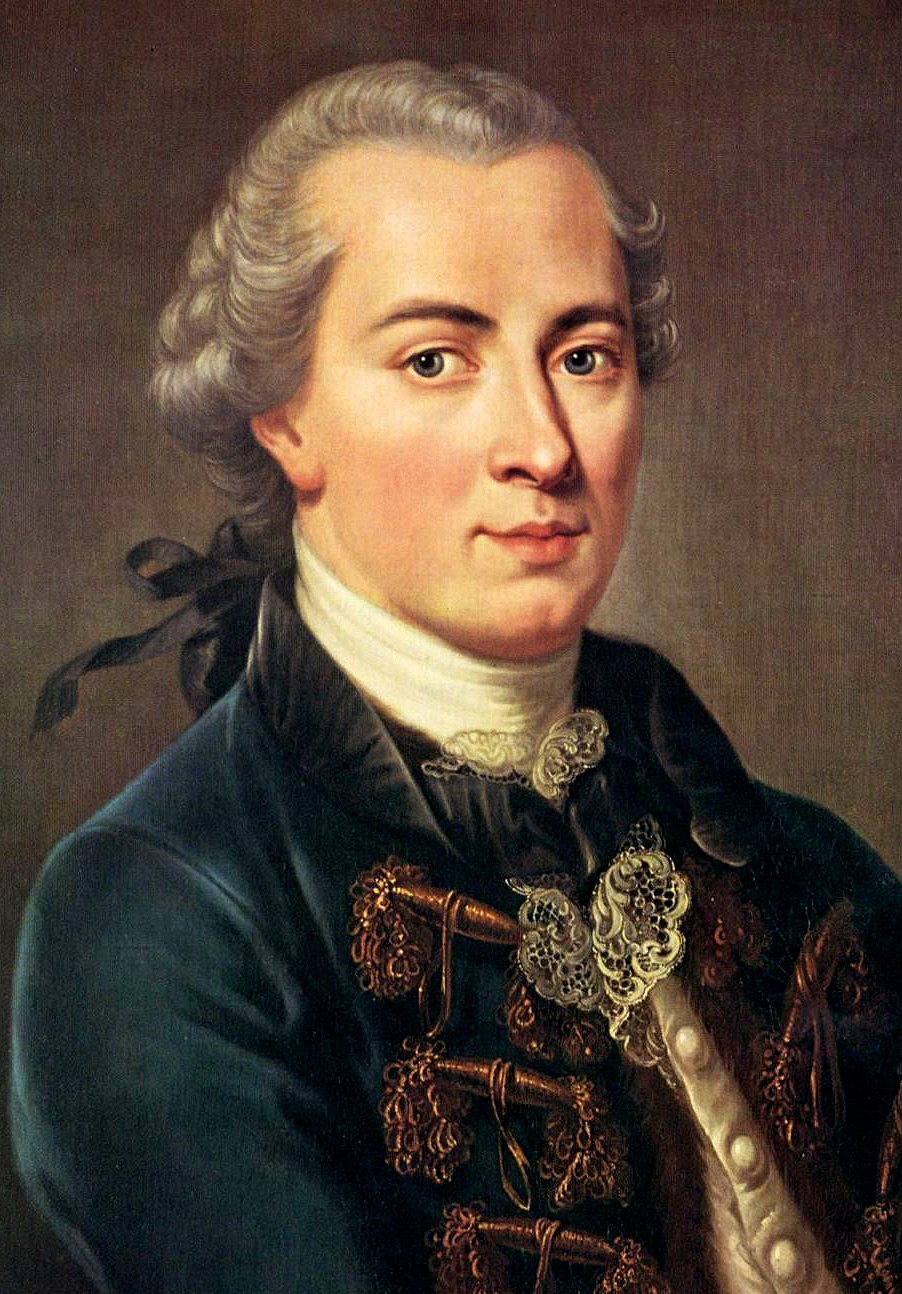
8. **Kant’s Substantive and Formal Reason: Universal Law-Making and Moral Autonomy**The 18th century saw Immanuel Kant significantly advance the understanding of reason, particularly with his concept of reason (German: *Vernunft*) as a faculty capable of universal law-making. This was a profound achievement, as Kant was able to reformulate the basis of moral-practical, theoretical, and aesthetic reasoning, establishing them on universal laws. His work provided a robust framework for understanding how reason functions across various domains of human experience.
Central to Kant’s framework was practical reason, which he described as the self-legislating or self-governing formulation of universal norms. This approach sharply contrasted with earlier forms of morality, which often derived their substance from religious interpretations or inherent natural order. Kant’s vision placed the power of moral guidance squarely within the individual’s rational capacity.
According to Kant, individual moral autonomy and freedom depend directly on a person’s ability to behave in accordance with laws they give to themselves through the proper exercise of reason. In a truly free society, individuals pursue their goals while ensuring their actions align with these self-legislated rational principles. This led to his famous “categorical imperative,” a universal moral law stating: “Act only according to that maxim whereby you can, at the same time, will that it should become a universal law.”
Kant firmly insisted that reason itself could effectively solve metaphysical problems and discover the fundamental foundations of morality. He proposed that these solutions could be uncovered using his “transcendental logic,” which he viewed not merely as an indifferent instrument, but as a theoretical science in its own right. Indeed, Kant believed it formed the very basis of all other sciences and knowledge.
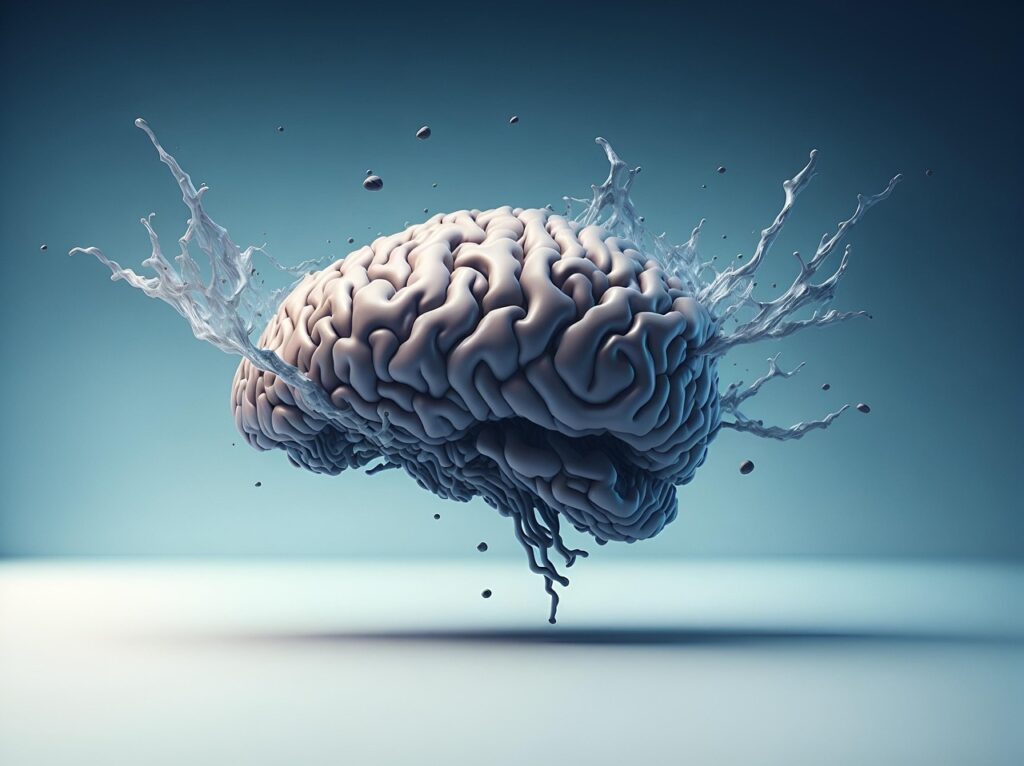
9. **Habermas’s Formal Reason: The Three Autonomous Spheres**Moving into the modern era, philosopher Jürgen Habermas observed a significant shift in the understanding of reason, noting that its “substantive unity” had dissolved. This meant reason could no longer provide definitive answers to profound questions like “How should I live?” Consequently, Habermas argued that the unity of reason had to become strictly formal, or “procedural,” adapting to the complexities of modern life.
Habermas described reason as comprising three autonomous spheres, drawing inspiration from Kant’s three critiques. The first is cognitive-instrumental reason, which is the type of reason predominantly employed by the sciences. Its primary functions involve observing events, accurately predicting and controlling outcomes, and intervening in the world based on carefully formulated hypotheses.
The second sphere is moral-practical reason, which humans utilize to deliberate and discuss issues within the moral and political realms. This process, according to Habermas, operates according to universalizable procedures, echoing Kant’s categorical imperative. It guides our ethical decision-making and fosters collective understanding in societal matters.
Finally, Habermas identified aesthetic reason, which is typically encountered in works of art and literature. This sphere encompasses the novel ways of seeing the world and interpreting things that such creative practices embody. It allows for a unique form of understanding and appreciation beyond empirical and moral considerations.
For Habermas, these three distinct spheres are largely the domain of experts, each with specialized knowledge. He argued that they consequently require mediation with the “lifeworld” by philosophers, ensuring that their specialized insights remain connected to everyday human experience. Through this formalization of reason’s procedures, Habermas aimed to compensate for the lost substantive unity that reason once offered in pre-modern societies.
10. **Critiques of Reason: Challenging Universality and Subjectivity**The concept of reason has, throughout history, been subjected to continuous debate and critical scrutiny by numerous philosophers. Thinkers such as Hamann, Herder, Kant, Hegel, Kierkegaard, Nietzsche, Heidegger, Foucault, and Rorty have all significantly contributed to this ongoing dialogue, questioning what reason truly means or ought to mean in a complex world.
Some philosophers, notably Kierkegaard, Nietzsche, and Rorty, have expressed profound skepticism towards subject-centred, universal, or instrumental reason. They challenge the notion that reason, in its traditional forms, can provide ultimate answers or universally applicable truths, pushing for a re-evaluation of its perceived authority and scope.
Conversely, other influential figures, like Hegel, believed that the dominant understanding of reason had inadvertently obscured the crucial importance of intersubjectivity, or “spirit,” in human life. These philosophers embarked on ambitious projects to reconstruct a more comprehensive model of what reason should entail, aiming to integrate social and communal dimensions into its definition. Foucault, for instance, suggested that there are other, often neglected, forms of reason essential for understanding modern life and living rationally.
The contemporary philosophical landscape also grapples with the idea that there might not be a single, overarching reason or rationality, but rather multiple possible systems of reason that can, and often do, conflict. In such scenarios, there may be no single, “super-rational” system to which one can appeal to definitively resolve these inherent disagreements, highlighting the pluralistic nature of rational thought.
In recent decades, various proposals have emerged to “re-orient” this critique of reason, seeking to recognize “other voices” or “new departments” of rational inquiry. For example, Jürgen Habermas, in opposition to subject-centred reason, put forward a model of communicative reason. He envisioned this as an essentially cooperative activity, fundamentally based on the inherent linguistic intersubjectivity that underpins human communication and understanding.
Nikolas Kompridis offered a widely encompassing view of reason, defining it as “that ensemble of practices that contributes to the opening and preserving of openness” in human affairs. His perspective emphasizes reason’s dynamic possibilities for social change and its role in fostering continued progress. Furthermore, Charles Taylor, drawing inspiration from Martin Heidegger, proposed that reason should incorporate the faculty of disclosure—our everyday capacity for making sense of things—as a new and vital “department” of reason. Michel Foucault, in his essay “What is Enlightenment?”, refined Kant’s distinction between “private” and “public” uses of reason, defining private reason as one used when an individual is “a cog in a machine” performing societal roles, and public reason as one used “when one is reasoning as a reasonable being… as a member of reasonable humanity,” where its use must be free and public.

11. **Reason’s Distinctive Facets: Logic, Symbols, and Cause-and-Effect**While the terms “logic” or “logical” are often used interchangeably with “reason” or “rational,” it’s important to understand their distinct, though deeply intertwined, relationship. Logic is frequently considered the purest or defining form of reason, often described as “about reasoning—about going from premises to a conclusion… When you do logic, you try to clarify reasoning and separate good from bad reasoning.” In disciplines like modern economics, rational choice is often equated with logically consistent choice.
However, reason and logic are not identical, with logic representing one crucial aspect of reason. Douglas Hofstadter illustrates this distinction by stating that logic is performed *within* a system, whereas reason operates *outside* the system. This external application involves creative methods like skipping steps, working backward, drawing diagrams, or even experimenting with changing the system’s rules.
Psychologists Mark H. Bickard and Robert L. Campbell further clarify that “rationality cannot be simply assimilated to logicality.” They point out that human knowledge of logic and logical systems has developed over time through reasoning itself. Moreover, logical systems, by their very nature, “can’t construct new logical systems more powerful than themselves,” implying that reasoning and rationality must encompass more than just a closed system of logic.
Fundamentally, reason is a type of thought, while logic involves the attempt to describe a system of formal rules or norms for appropriate reasoning. The earliest surviving Western texts to systematically codify the rules of reason are Aristotle’s works, particularly *Prior Analytics* and *Posterior Analytics*. His invention of the word “syllogism” (syllogismos) was pivotal, clearly identifying logic as a distinct field of study for the first time. However, when Aristotle referred to “the logical” (*hē logikē*), he was speaking more broadly about rational thought, indicating a wider scope than just formal logic.
Philosophers such as Hobbes, Locke, and Hume noted that even some animals are clearly capable of “associative thinking,” extending to the recognition of cause and effect. A dog that has been kicked, for instance, can learn to identify warning signs and avoid future similar experiences. Yet, this associative learning does not, in a strict sense, mean the dog possesses reason. Similarly, human actions based purely on experience or habit do not automatically qualify as the use of reason.
True human reason demands more than merely associating two ideas, even if those ideas are perceived by a reasoning human as cause and effect—like the perception of smoke and the memory of fire. For reason to be engaged, the connection between smoke and fire must be actively thought through in an explicable manner, such as understanding one as the cause and the other as the effect. John Locke’s explanation suggests that reason requires the mental use of a third, mediating idea to facilitate this comparison, often through a syllogistic process. More broadly, Charles Sanders Peirce posited that reason, in its strict definition, necessitates the ability to create and manipulate a system of symbols, alongside indices and icons. These symbols, like those in language, maintain a nominal, though habitual, connection to the things they represent, such as smoke or fire.
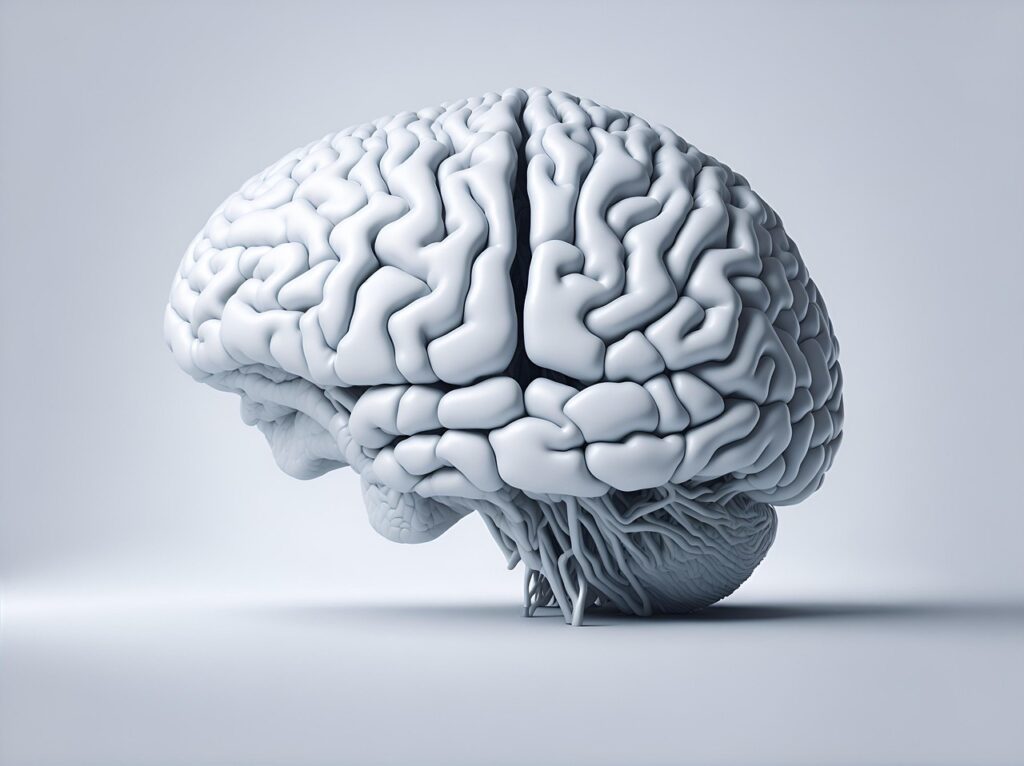
12. **Reason’s Deep Connection: Imagination, Mimesis, and Memory**The faculties of reason and imagination are more intertwined than often assumed, relying on similar underlying mental processes. While imagination is not exclusively human—Aristotle recognized *phantasia* (the capacity to hold images) and *phronein* (a form of judgmental understanding) in some animals—human imagination possesses distinct characteristics. Animal imagination, according to Aristotle, relates to primary perceptive abilities that order perceptions without distinguishing universals or engaging in deliberation or *logos*, stopping short of what constitutes human reason.
Terrence Deacon and Merlin Donald, in their work on the origin of language, forge a powerful link between reason, language, and *mimesis*. They conceptualize the human ability to create language as an integral part of an internal modeling of reality, a capacity singularly specific to humankind. This unique internal modeling is posited as the wellspring for other distinctly human cognitive outcomes, including consciousness and the sophisticated forms of imagination or fantasy that characterize our species.
Crucially, Donald differentiates *mimesis* from simple imitation or mimicry, explaining that *mimesis* involves the invention of intentional representations. This is a fundamental distinction because, unlike imitation, *mimesis* requires the ability to reconstruct a message and, most importantly, to distinguish a representation from its referent—for example, recognizing that a play-acted fight is not a real one. While trained apes can make this distinction, young children acquire this understanding effortlessly and early in their development.
In classical philosophy, Plato’s concept of *eikasia* offers an equivalent description of this mental faculty. *Eikasia* is the ability to perceive whether a perception is merely an image of something else—related yet distinct. This allows humans to recognize that a dream, a memory, or a reflection in a mirror is not reality itself. Klein refers to *dianoetic eikasia* as the form concerned specifically with thinking and mental images, such as the symbols, icons, signs, and marks previously discussed as definitive of reason. From this perspective, human thinking is unique because we often understand visible phenomena as if they were images of our intelligible “objects of thought,” serving as foundational hypotheses. This cognitive process (*dianoia*) is an activity that makes the complex “jungle of the visible world depend on a plurality of more ‘precise’ *noēta*.”
Both Merlin Donald and the Socratic authors, including Plato and Aristotle, underscore the profound importance of *mimēsis*, a term often translated as imitation or representation. Donald specifically notes that “Mimesis is fundamentally different from imitation and mimicry in that it involves the invention of intentional representations…. Mimesis is not absolutely tied to external communication.” It is an internal, cognitive act. This concept of *mimēsis* was particularly influential in Plato’s works and featured prominently in Aristotle’s *Poetics*. Michael Davis, interpreting Aristotle’s theory of man, posits that a distinctive feature of human action is our capacity to imagine an action for ourselves, as if inspecting it from the outside. He concludes that “Intentions are nothing more than imagined actions, internalizings of the external. All action is therefore imitation of action; it is poetic.”
Donald, mirroring Plato and Aristotle (especially in *On Memory and Recollection*), highlights the uniquely human capacity for the voluntary initiation of a search through one’s own mental world. The ancient Greek *anamnēsis*, commonly translated as “recollection,” was explicitly contrasted with *mneme*, or “memory.” While memory is shared with some animals, requiring a consciousness not only of what happened, but that it happened in the past (a form of *eikasia*), “nothing except man is able to recollect.” Recollection is a deliberate effort to actively search for and recapture something once known. Klein articulates this precisely: “To become aware of our having forgotten something means to begin recollecting.” Donald terms this “autocueing,” explaining that “Mimetic acts are reproducible on the basis of internal, self-generated cues. This permits voluntary recall of mimetic representations, without the aid of external cues—probably the earliest form of representational thinking.” This intricate interplay of imagination, symbolic representation, and conscious memory underscores the sophisticated nature of human reason. J.R.R. Tolkien, the fantasy author and philologist, also connected “fantasy” and “enchantment” not only to “the satisfaction of certain primordial human desires” but also to “the origin of language and of the mind,” further reinforcing the deep linkages between these cognitive faculties.
13. **Core Logical Reasoning Methods: Deduction, Induction, Analogy, and Abduction**Within philosophy, logic is a distinct subdivision and a specific variety of reasoning, traditionally divided into deductive and inductive reasoning. Formal logic is primarily concerned with the science of deduction, meticulously examining arguments where conclusions necessarily follow from premises. The study of inductive reasoning, on the other hand, is generally conducted within the domain of informal logic or critical thinking, focusing on how we draw probable conclusions from observed evidence.
Deductive reasoning is a powerful form of inference where a conclusion *must* logically follow from the stated premises. The conclusion itself is also referred to as a deduction. A classical and easily understood example of deductive reasoning is the syllogism: “Premise 1: All humans are mortal. Premise 2: Socrates is a human. Conclusion: Socrates is mortal.” This argument is deductively valid because there is no possible scenario where both premises are true, and the conclusion simultaneously false, making it a cornerstone of certainty in logic.
Inductive reasoning, in contrast, involves inferring properties or relationships about unobserved objects or types based on prior observations or experiences. It also encompasses the formulation of general statements or laws from a limited set of observations of recurring patterns. Unlike deductive reasoning, even in the strongest inductive arguments, the truth of the premises does not absolutely guarantee the truth of the conclusion. Instead, the conclusion of an inductive argument follows with a certain degree of probability, meaning it is *ampliative*—it contains more information than was strictly present in the premises. A classic illustration from David Hume is: “Premise: The sun has risen in the east every morning up until now. Conclusion: The sun will also rise in the east tomorrow.”
Analogical reasoning is a specialized form of inductive reasoning that proceeds from a particular instance to another particular instance. It finds frequent application in case-based reasoning, especially within legal contexts, where past judgments inform current decisions. An example is: “Premise 1: Socrates is human and mortal. Premise 2: Plato is human. Conclusion: Plato is mortal.” While useful, analogical reasoning is generally considered a weaker form of induction compared to those that leverage a large number of examples to generalize. It also carries a notable risk of leading to erroneous conclusions, as shown by the flawed inference: “Premise 1: Socrates is human and male. Premise 2: Ada Lovelace is human. Conclusion: Ada Lovelace is male.”
Abductive reasoning, also known as argument to the best explanation, stands apart from both deductive and inductive categories. It begins with an incomplete set of observations and then moves to propose the most likely possible explanations. Crucially, the conclusion in an abductive argument does not follow with certainty from its premises and often concerns something unobserved. What distinguishes abduction is the effort to favor one conclusion over others, either through subjective judgment, by attempting to falsify alternative explanations, or by demonstrating the likelihood of the favored conclusion given a set of more or less disputable assumptions. For instance, when a patient exhibits certain symptoms, various possible causes might exist, but abductive reasoning helps medical professionals prefer one as being most probable based on available evidence.

14. **Navigating Rationality’s Pitfalls: Fallacies and Unreasonable Actions**Even with a deep understanding of reasoning methods, human thought remains susceptible to flaws, often termed fallacious reasoning. Such bad reasoning within arguments can stem from one of two primary categories: formal fallacies or informal fallacies. Recognizing these pitfalls is a critical step towards clearer thinking and more robust argumentation.
Even with a deep understanding of reasoning methods, human thought remains susceptible to flaws, often termed fallacious reasoning. Such bad reasoning within arguments can stem from one of two primary categories: formal fallacies or informal fallacies. Recognizing these pitfalls is a critical step towards clearer thinking and more robust argumentation.
Formal fallacies occur when there is an inherent problem with the *form* or *structure* of an argument itself. The term “formal” directly refers to this connection to the argument’s underlying shape, rather than its content. Any argument that contains a formal fallacy will, by definition, always be invalid, regardless of whether its premises happen to be true.
In contrast, an informal fallacy represents an error in reasoning that arises due to a problem with the *content* or context of the argument, rather than its logical form or structure. These fallacies often exploit psychological biases, ambiguities in language, or irrelevant information, making them particularly insidious and common in everyday discourse.
Beyond abstract logic, the concept of “unreasonable” actions or decisions carries significant weight, particularly in legal contexts concerning the conduct of employers or public bodies. In English law, a decision or action is considered “unreasonable” if it falls outside the range of actions or decisions that a body, acting in good faith, could have permissibly taken. This legal standard, explored in landmark cases like *Short v Poole Corporation* (1926), *Associated Provincial Picture Houses Ltd v Wednesbury Corporation* (1947), and *Braganza v BP Shipping Limited* (2015), demonstrates how the practical application of rationality is scrutinised to ensure fairness and proper governance.
Ultimately, philosophy itself is often characterized as a pursuit of rational understanding, demanding a more rigorous and dedicated application of human reasoning than is commonly employed. Throughout history, philosophers have grappled with fundamental questions about reason: Can we truly trust its ability to attain knowledge and truth more effectively than other methods? And, perhaps even more profoundly, is a life guided by reason truly the most desirable or superior way to live? These traditional problems underscore the enduring challenge and immense value in critically examining the very foundations of our thought processes, urging us to continually refine and question our understanding of what it means to be rational.

